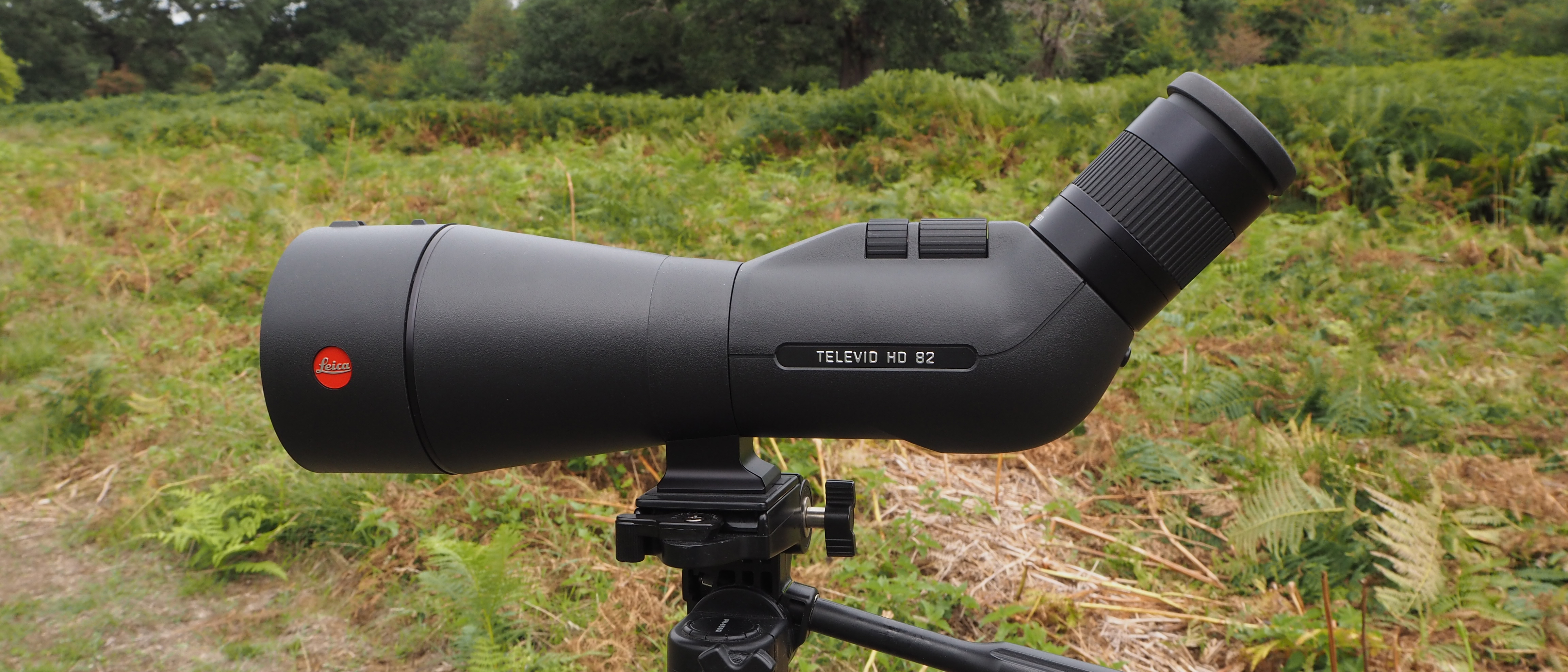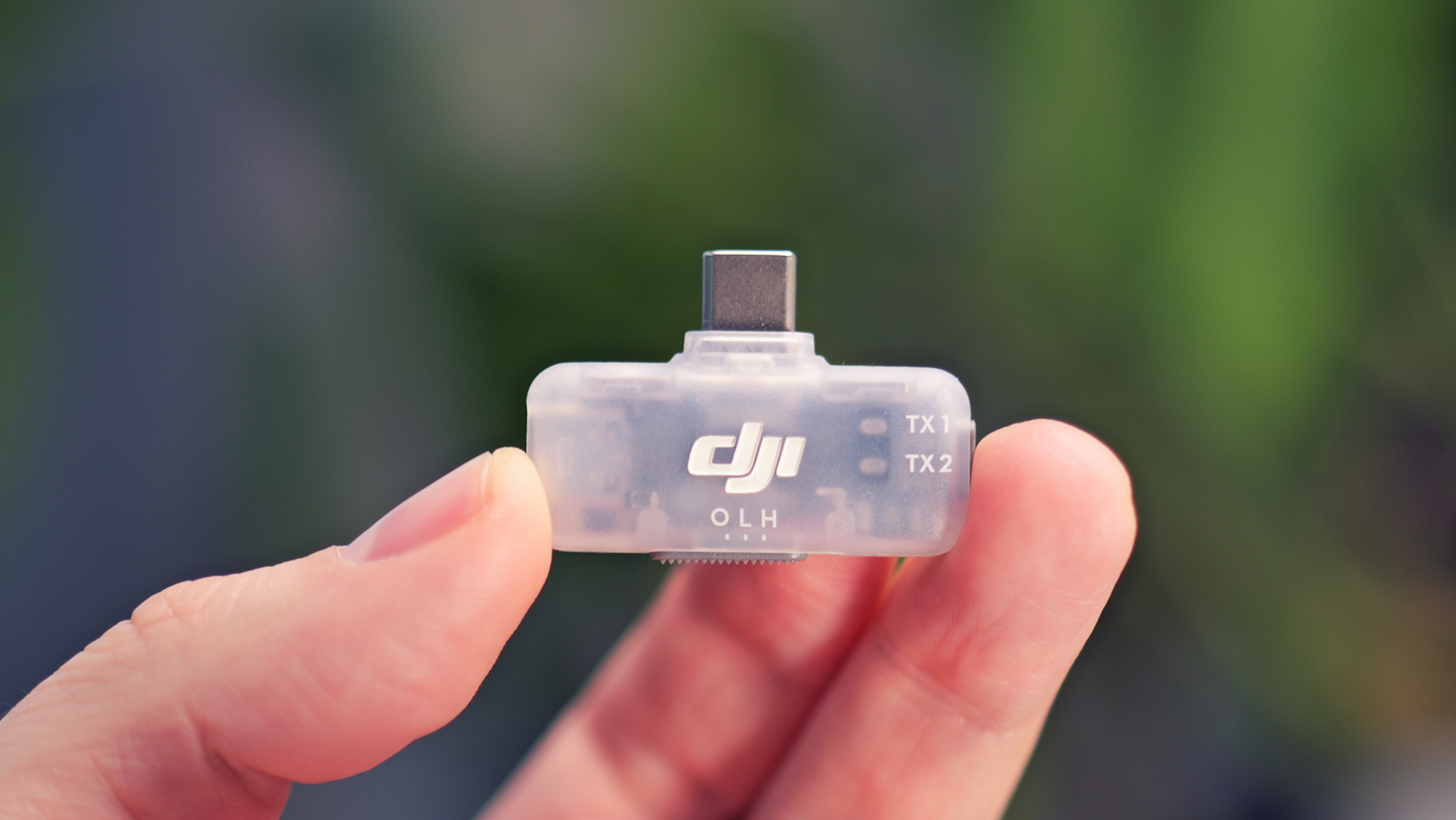Digital Camera World Verdict
If you consider Leica’s new APO-Televid pair of spotting scopes too costly, then its current Televid HD duo offers more attractive pricing yet similarly robust construction. Performance remains very good indeed, especially for observation in overcast conditions, failing light, or even for attempting amateur astronomy. It’s all thanks to that large and bright 82mm objective lens plus 20-60x zoom eyepiece bringing faraway subjects closer for easier identification. While downsides for me include weight, bulk, and occasional flashes of purple fringing between areas of high contrast, it’s still a far more compact and elegant solution than a telescope. Recommended, with the above caveats, for those who covet that familiar red Leica roundel.
Pros
- +
Robustly built and more compact than a telescope
- +
Excellent results in overcast conditions or failing light
- +
Better value than Leica’s APO-Televid range if its maximum brightness rather than minimal fringing and detail that’s the priority
Cons
- -
Occasional artefacts such as purple fringing visible at maximum magnification
- -
Although less expensive than Leica’s premium APO-Televid scopes, it’s still very costly
- -
Big and bulky enough to make tripod use essential
Why you can trust Digital Camera World
Chief boast for the Leica Televid HD spotting scope is not just best-in-class performance, but, according to the German brand, ‘the world’s highest image brightness’. A bold claim indeed. Available with either 65mm or 82mm objective lenses – I had the latter to look at – it’s the baby brother to Leica’s APO-Televid series.
That line-up likewise offers 65mm or 82mm optics. Theoretically, the bigger the lens, the more light let in, and the sharper and brighter the view. So I’m expecting the Leica Televid HD 82 to be a good option for when natural light isn’t in my favour.
The scope differentiates itself further via a current kit that sees it twinned with a 20-60x magnification eyepiece, set at a comfortable-to-view 45° angle when screwed into place. That’s the option I had to test here.
The German-designed, Portugal-manufactured Televid HD 65 and 82 duo is priced slightly more competitively than its simultaneously announced APO-Televid 65 and 82 scopes. But it’s not cheaper by much. The close naming convention means it’s easy to mix them up when researching online, and indeed, a couple of Leica’s own sites we visited listed one product but carried the specification for the other.
Whichever option we go for, we do so in the knowledge that Leica products command a premium – and here’s where we start paying.
So, ultimately, is the Leica Televid HD 82 worth the big investment that its sizeable 82mm objective lens requires, whether for wildlife watching, digiscoping or star gazing? Read on to find out.
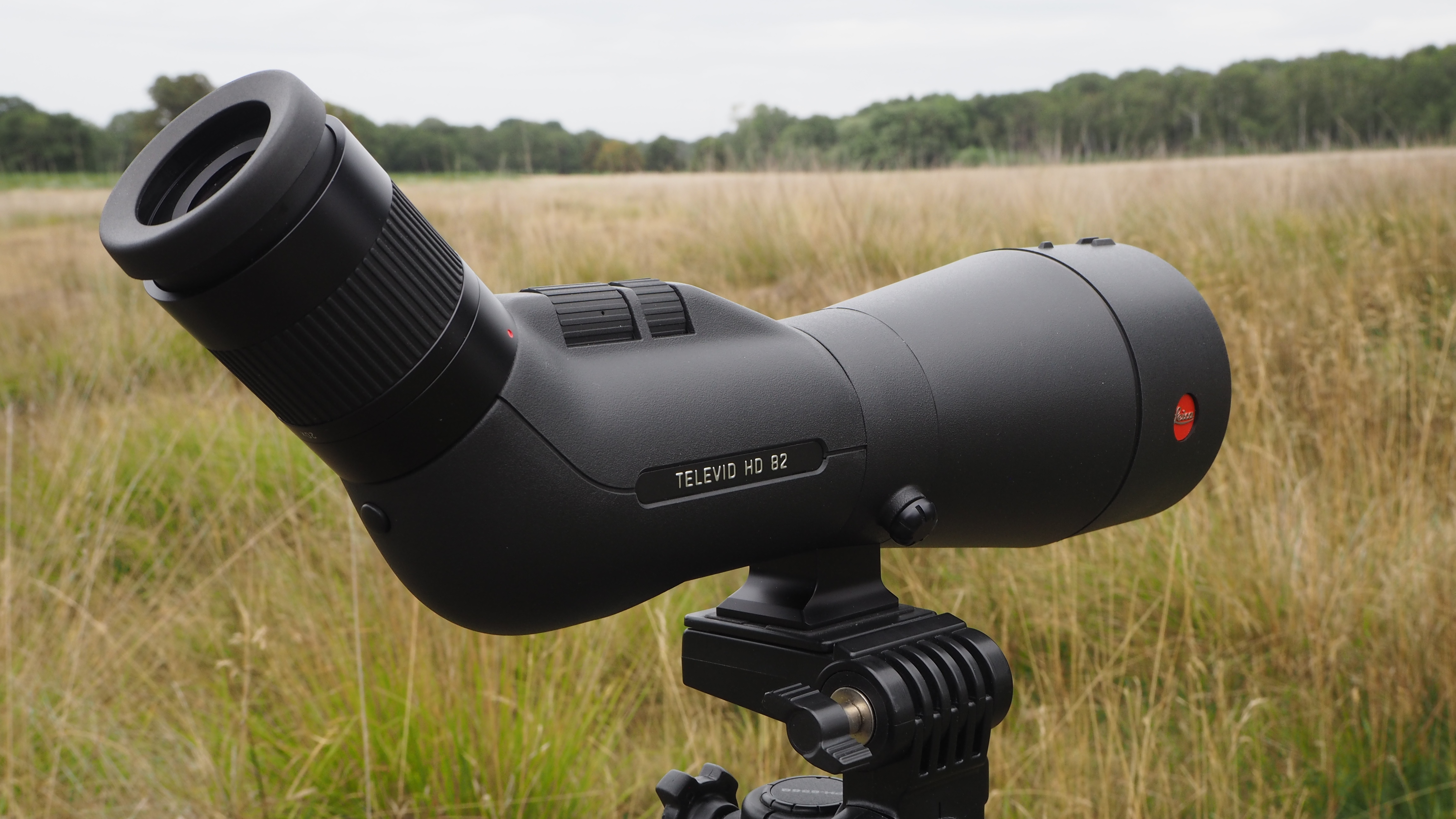
Leica Televid HD 82: Specifications
Magnification | 20x to 60x |
Objective lens size | 82mm |
Field of view at 1000m | 35m (20x) to 20m (60x) |
Eye relief | Not given |
Minimum focus distance | 3.9m / 12.7ft |
Dimensions | 325 x 106 x 101 mm / 12.79 x 4.17 x 3.98 in |
Weight | 1505g |
Leica Televid HD 82: Price
Unveiled in July 2025, at a core unit cost of £1900 / $2469 without eyepiece, the Televid HD 82 scope is fair value compared to the £2500 / $3239 suggested for the simultaneously released APO-Televid 82 from the same manufacturer.
The best camera deals, reviews, product advice, and unmissable photography news, direct to your inbox!
If we don’t need such a large objective lens, then the alternative of the equally new Televid HD 65, is a better value than both. After all, it costs the same, including the 20-60x eyepiece I had on test, as the 82mm model does without it.
That said, a £2420 / $3129 combined cost for adding the 20-60x eyepiece to the Televid HD 82 looks less eye watering when contrasted with the £3140 / $4069 being asked for the APO-Televid 82 with the smaller magnification 25-50x eyepiece at the time of writing.
As ever, you pay your money and make your choice. But do shop around to find the best current deals that may even out the original price difference.
Leica Televid HD 82: Design & Handling
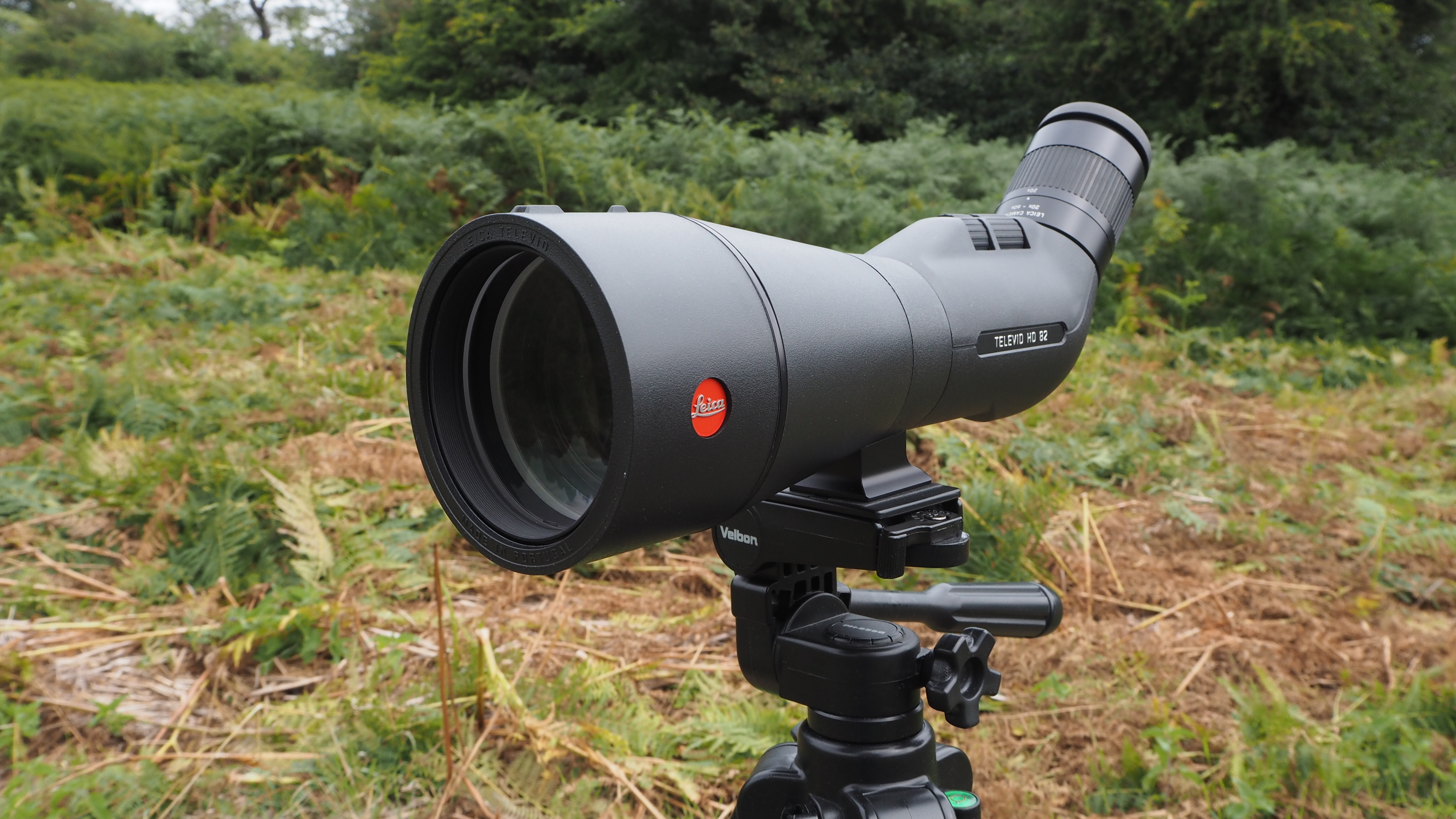
Manufactured in Leica’s Portugal facility, the slightly more affordable Televid HD 82 is being sold on its class-leading light gathering ability when compared to Leica’s pricier APO-Televid; the pitch for the latter being its stated ability to deliver the highest degree of detail in its class.
The Televid HD 82 is also slightly lighter than its premium APO series brethren at 1505g, compared with 1550g, but to my mind feels no less robust because of it. Both scopes boast die-cast magnesium, nitrogen-filled construction to avoid any fogging, and are claimed to be watertight to a depth of five metres, so using them in the rain is not a potential issue.
In hand, the device immediately feels chunky and weighty, thanks to that large 82mm lens. Still, I managed to squeeze it into a small-ish backpack for transporting it to the park for some wildlife observation. I also took a portable tripod with me, as I knew the size and weight of this unit would make additional support and stabilisation a must.
Plus, I found that the angled eyepiece means that viewing is simply more comfortable from an upright, standing position when the scope is tripod-mounted. A tripod foot is integrated into the base of the unit, so quickly attaching or detaching it from a tripod plate is possible.
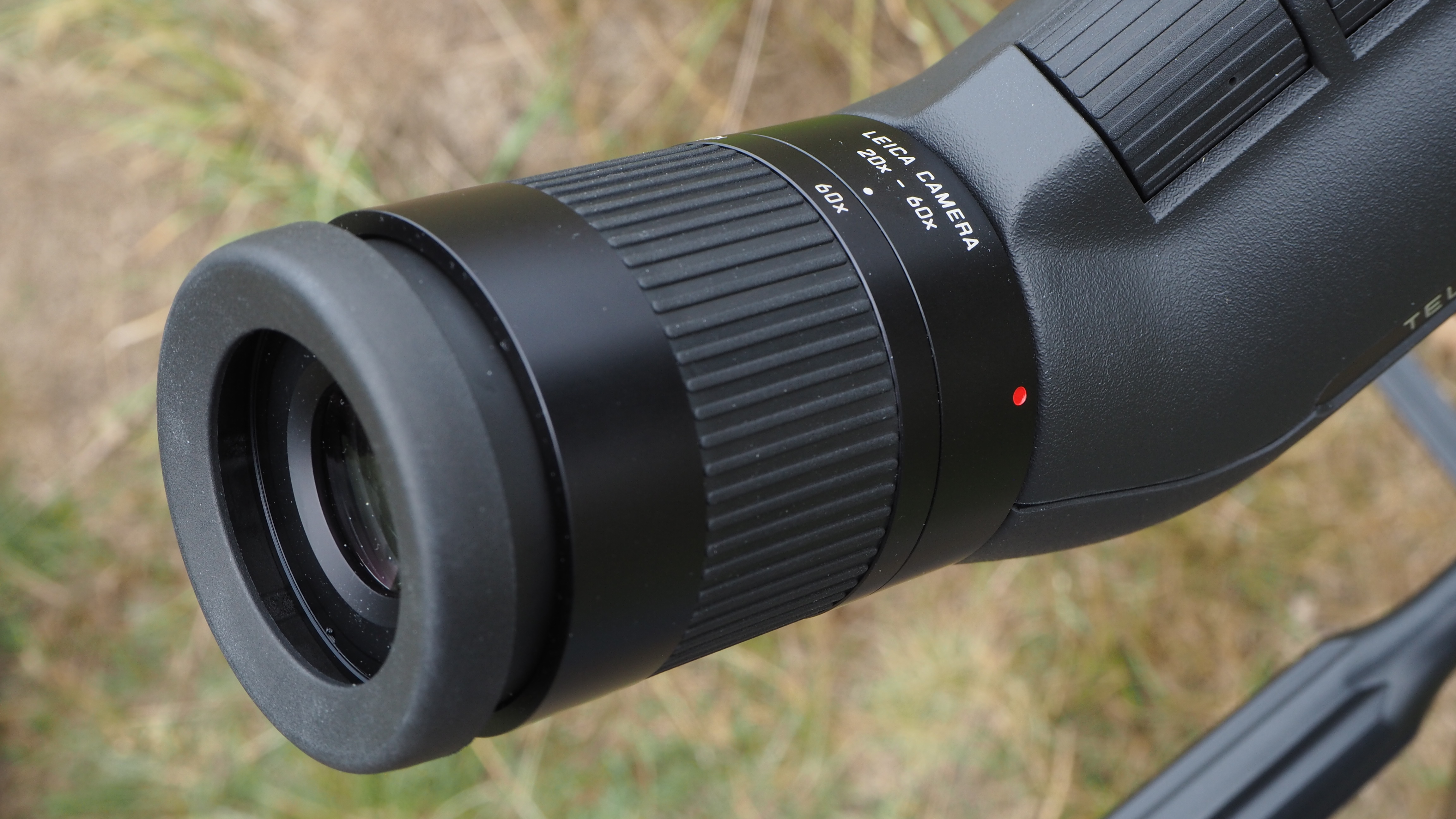
As with the APO-Televid models, the Televid HD 82 features a dual focus system, with a large, ridged, centrally located dial for ergonomically finding focus. Adjacent to this, we also get a smaller dial for fine-tuning sharpness, if needed, which does appear to make a slight difference. I found my forefinger intuitively settling on these dials, while my eye remained glued to the eyepiece and my attention on the subject under observation. Closest focus distance is 3.9 metres when paired with the Leica Vario 20-60x eyepiece I had to use on test, but given the maximum magnification at my fingertips, I was using the scope for subjects much further away.
Leica Televid HD 82: Performance
Leica claims the 20-60x Vario eyepiece, itself weighing 370g, allows for zeroing in on smaller subjects and details than its current 25-50x alternative, which, by contrast, delivers a larger field of view. If a 60x magnification isn’t quite enough, however, then an optional 1.8x Leica Extender can help achieve up to a 108x magnification. Adapters are also available for those who want to take photos via the scope, aka ‘digiscoping’, to suit various Leica and third-party cameras, as well as smartphones.
Best practice I found when using the Leica Televid HD 82 and eyepiece was starting out at the 20x setting to first locate my subject in the wild, and then gradually working my way through the settings to arrive at maximum 60x. While at 20x magnification, I was able to get the full body of a deer in the frame along with its nearest neighbour, at 60x I was able to make out flies on the face of the animal; its head fully filling my view through the eyepiece.
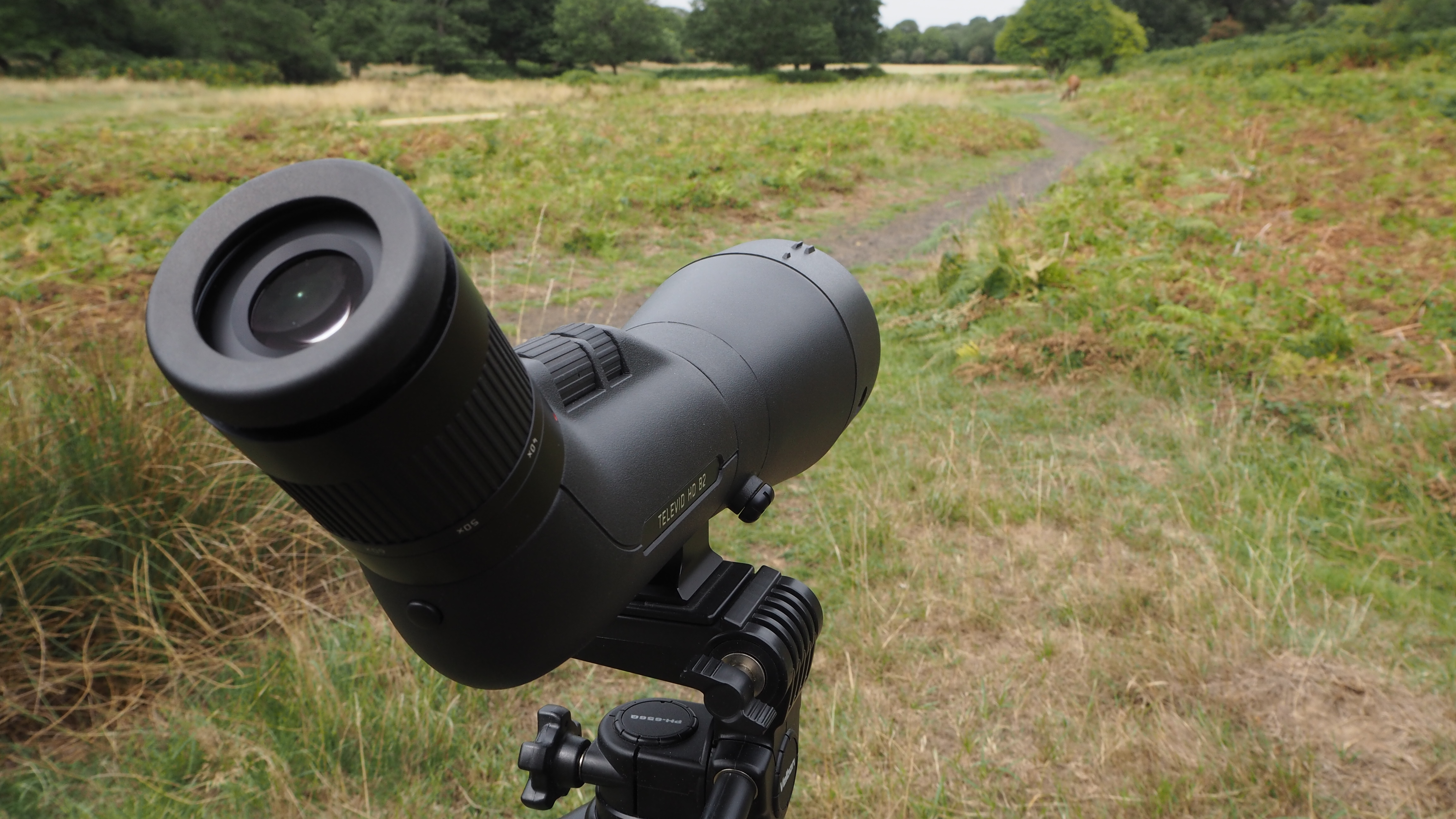
One thing I did notice when using the Televid HD 82, which I failed to find any instance of when previously playing with the Leica APO-Televid 65, was occasional flashes of purple fringing between areas of high contrast. For example, dark green leaves against an almost featureless sky. Here, such a jagged outline displayed distinct purplish edges at maximum magnification.
Its manufacturer boasts that even at maximum magnification, this scope can deliver bright, sharp, and high contrast images with neutral, natural colours. But to be picky, I could have done with more contrast at the highest 60x eyepiece setting to really snap key details and markings sharply into focus. For example, it would have aided identification when attempting to pick out a smaller bird of prey nestled among the branches and foliage of a tree in Richmond Park and determine whether it was a sparrowhawk or a rarer merlin. In my head, I settled on the latter, but a degree of detail beyond what this Leica was giving me would have helped me clearly decide.
Leica Televid HD 82: Verdict
You’ll be considering the Televid HD 82 if you want a premium Leica spotting scope that delivers a large 82mm objective lens for maximum light gathering, yet one that remains manageably portable. At the same time, it’s one that saves us a few groats over the cost of its maker’s APO-Televid version. Performance is impressive, though instances of purple fringing suggest that the APO-Televid alternative is the one to go for if such artefacts prove an issue for you. Respectable and competent, rather than awe-inspiring, is my conclusion here.
Design ★★★★☆ | A sleek rubberized exterior aids grip while the angled eyepiece provides a degree of viewing comfort. As with the APO-Televid series, two sets of dials – one for ‘coarse’ and the other for subsequent fine tuning of focus – set this one apart. The only downside is that its 82mm objective lens size means a relatively weighty and bulky set up, even if it is a more elegant solution than an actual telescope. |
Performance ★★★★☆ | Precise adjustment is enabled by the focus rings and eyepiece being fairly stiff to the touch, meaning zooming in or out is a slow and gradual process. While I was impressed by the level of clarity and sharpness, even when viewing at maximum magnification, I wasn’t totally blown away. Especially as I spotted artefacts such as purple fringing when viewing high contrast subjects at maximum magnification. |
Value ★★★★☆ | Nobody is going to be researching or buying a Leica product and hoping for a budget deal or the best value for money – it’s more about the best performance in its class. Buy a Leica and you have a product that should last a lifetime is the suggestion here. That said, the Televid HD range is more keenly priced than the simultaneously announced and released APO-Televid alternatives from the same manufacturer – if only slightly! |
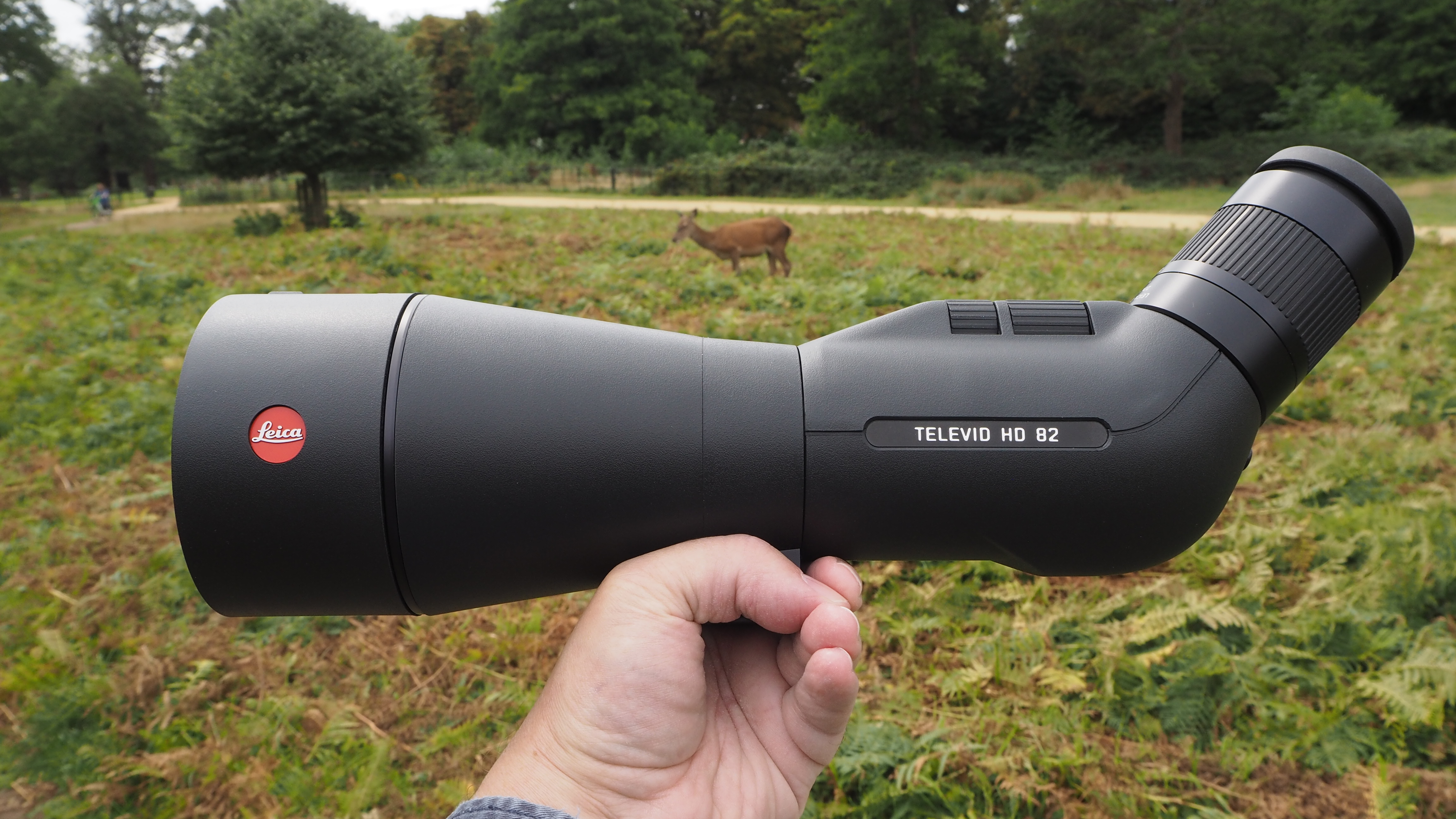
✅ Buy it...
- If you want a spotting scope that will allow use at both dusk and dawn. Or if you want a higher powered and brighter alternative to a binocular or monocular, but don’t need the extra punch provided by a telescope. And you want a product that should last a lifetime of regular usage with it.
❌ Don't but it...
- If you’re seeking the best balance between performance and value for money, as German design does not come cheap. Or if you want a spotting scope just for occasional use, whereby the premium being charged here would be hard to justify.
Alternatives
If we don’t want to pay a king’s ransom for the Leica Televid HD 82 with an optional 20-60x zoom eyepiece, there is a plethora of alternatives when it comes to spotting scopes, which means we don’t have to.
As mentioned in my review of the very similar, if pricier APO-Televid 65, companies including Celestron and Bushnell boast very good value and surprisingly well-made alternatives if you don’t covet that bright red Leica signature roundel.
While it’s not as critically sharp to my eyes as this Leica example, the mid-priced Bushnell 20-60x65 Prime scope offers plenty of bang for the buck. With a similar ruggedized look and feel to Leica, the Bushnell offers a zoom range of 20-60x alongside a decent-sized 65mm objective lens too.
Theoretically, providing a brighter view still is the Celestron Ultima 100. Here we get a generous 100mm objective lens married to a generous 22-66x zoom range. The only downside, once again, is that a bigger lens often means a heavier product overall, at 2Kg for the Celestron. However, pair it with a tripod and it’s another fairly-priced alternative.
However, my favourite recommendation for a close alternative to this Leica is probably the Zeiss Conquest Gavia 85. Yes, we again pay a premium price, but for the outlay we get a superior 85mm objective lens plus a comprehensive 30-60x zoom range, at a reasonable weight of 1.7kg combined. If you can stump up the cash, the quality and clarity of the Zeiss is nothing short of exceptional, making it a true rival to the Leica Televid HD 82.
Gavin has over 30 years’ experience of writing about photography and television. He is currently the editor of British Photographic Industry News, and previously served as editor of Which Digital Camera and deputy editor of Total Digital Photography.
He has also written for a wide range of publications including T3, BBC Focus, Empire, NME, Radio Times, MacWorld, Computer Active, What Digital Camera and the Rough Guide books.
With his wealth of knowledge, Gavin is well placed to recognize great camera deals and recommend the best products in Digital Camera World’s buying guides. He also writes on a number of specialist subjects including binoculars and monoculars, spotting scopes, microscopes, trail cameras, action cameras, body cameras, filters and cameras straps.
You must confirm your public display name before commenting
Please logout and then login again, you will then be prompted to enter your display name.
